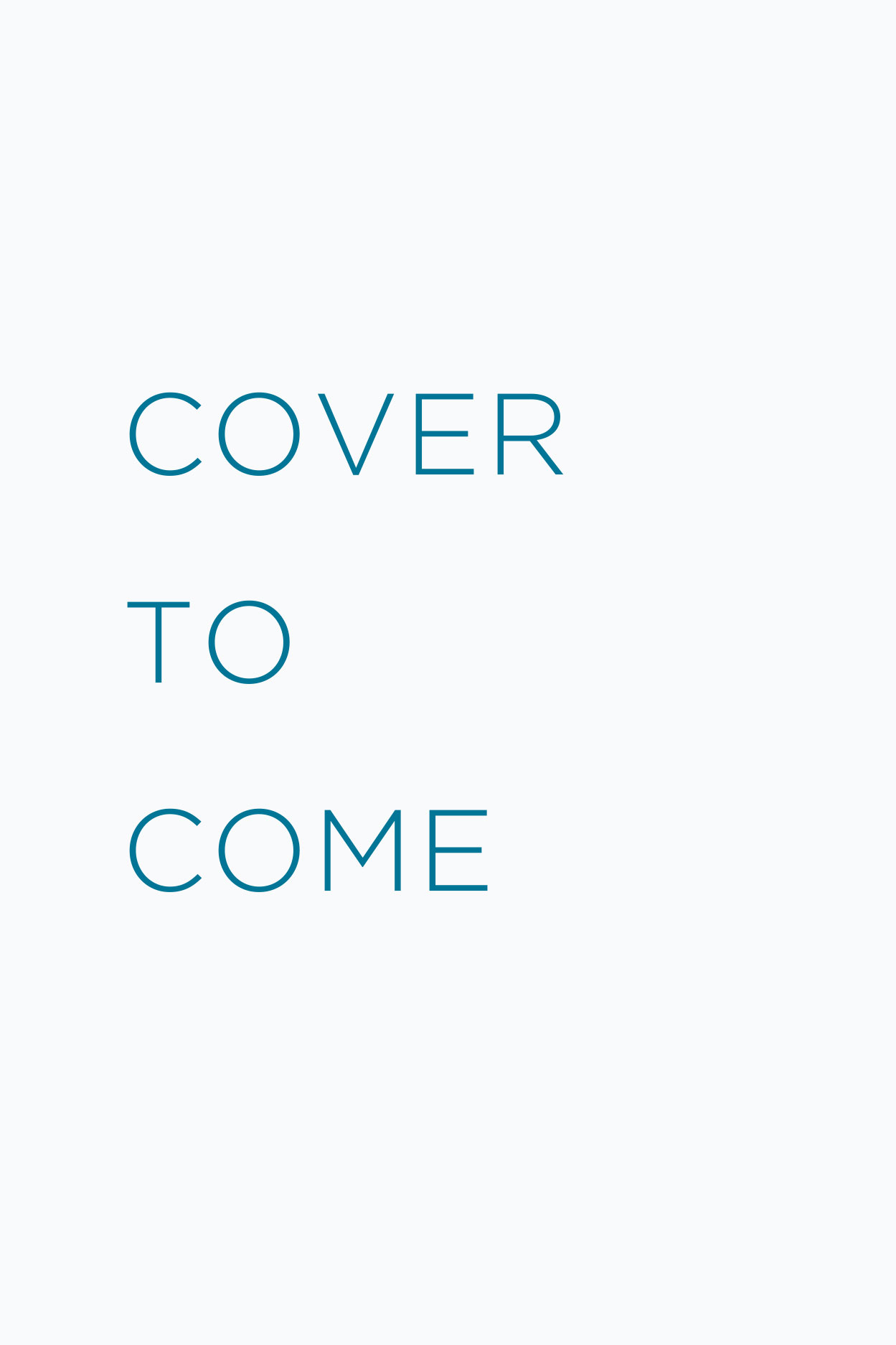Distributed for EPFL Press
A Manifesto for a Rhythm Politics
A study on how to take control of the demands of modern life through the lens of rhythm.
We live in a world increasingly saturated—with signs, norms, objects, and demands—and that overstimulation contributes to our daily sense of alienation. In this manifesto, the authors argue that the path to emancipation lies in our capacity to reclaim political agency over our rhythms, both individual and collective.
A Manifesto for a Rhythm Politics explores the fundamentally spatial and territorial dimensions of time, as well as the temporal dynamics of spatial forms, to sketch the contours of a rhythmology. Rather than simply opposing fullness to emptiness, slowness to acceleration, or overwork to boredom, they invite us to reflect on what enables us to breathe and what awakens our desire. By returning to the original meaning of rhythm—a way of flowing—the book offers a dynamic understanding of societies. It allows us to bridge measurement and lived experience, and to recognize the role of spontaneity, randomness, disorganization, and disorder alongside regularity.
On a practical level, rhythm provides tools to address diverse issues such as traffic congestion, personal burnout, and the management of crowds. Ultimately, a politics of rhythm advocates for a choreographic approach to emancipation—one that embraces different ways of living while composing a shared world.
We live in a world increasingly saturated—with signs, norms, objects, and demands—and that overstimulation contributes to our daily sense of alienation. In this manifesto, the authors argue that the path to emancipation lies in our capacity to reclaim political agency over our rhythms, both individual and collective.
A Manifesto for a Rhythm Politics explores the fundamentally spatial and territorial dimensions of time, as well as the temporal dynamics of spatial forms, to sketch the contours of a rhythmology. Rather than simply opposing fullness to emptiness, slowness to acceleration, or overwork to boredom, they invite us to reflect on what enables us to breathe and what awakens our desire. By returning to the original meaning of rhythm—a way of flowing—the book offers a dynamic understanding of societies. It allows us to bridge measurement and lived experience, and to recognize the role of spontaneity, randomness, disorganization, and disorder alongside regularity.
On a practical level, rhythm provides tools to address diverse issues such as traffic congestion, personal burnout, and the management of crowds. Ultimately, a politics of rhythm advocates for a choreographic approach to emancipation—one that embraces different ways of living while composing a shared world.
Table of Contents
IDIORHYTHMY
Introduction – The Need to Catch Your Breath
SATURATION
I. Rhythmic Pathologies
– Saturation as a Symptom of Rhythmic Disorders
– A Major Epistemological Challenge
EURHYTHMY
II. The Stakes of Rhythm
– Linguistics, Poetics, and Politics of Rhythm
– The Fragile Articulation of Space and Time
– Rethinking Territory Through Rhythmic Space-Time
POLYRHYTHMY
III. Exploring Rhythmic Forms
– Moving Beyond Dichotomies
– Revisiting Spatio-Temporal Configurations
– New Materials for Rhythm Analysis
– Conceptualizing Rhythm in the Social Sciences
– Bridging Practices and Lived Experiences of Rhythm
– Key Principles for Rhythm Analysis
CHOREO-POLITICS
IV. Toward a Choreopolitical Proposal
– Rhythmic Powers
– Foundations for a Choreopolitics
– Prospects for Future Choreopolitical Projects
Conclusion – The Possibility of a Life
Introduction – The Need to Catch Your Breath
SATURATION
I. Rhythmic Pathologies
– Saturation as a Symptom of Rhythmic Disorders
– A Major Epistemological Challenge
EURHYTHMY
II. The Stakes of Rhythm
– Linguistics, Poetics, and Politics of Rhythm
– The Fragile Articulation of Space and Time
– Rethinking Territory Through Rhythmic Space-Time
POLYRHYTHMY
III. Exploring Rhythmic Forms
– Moving Beyond Dichotomies
– Revisiting Spatio-Temporal Configurations
– New Materials for Rhythm Analysis
– Conceptualizing Rhythm in the Social Sciences
– Bridging Practices and Lived Experiences of Rhythm
– Key Principles for Rhythm Analysis
CHOREO-POLITICS
IV. Toward a Choreopolitical Proposal
– Rhythmic Powers
– Foundations for a Choreopolitics
– Prospects for Future Choreopolitical Projects
Conclusion – The Possibility of a Life
